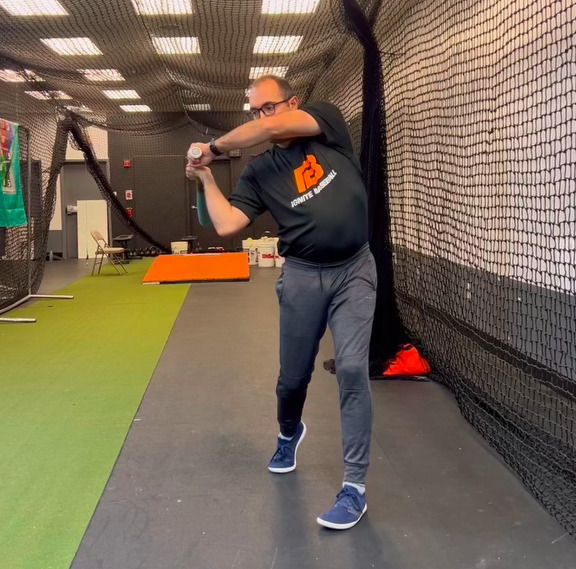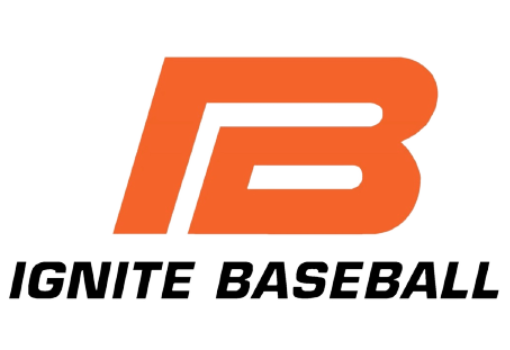Alright, so I want to talk about bat drag and the upper body a little bit. I wrote an article a couple of weeks ago about the upper body and when we start working on it. The only time where we feel like it is 100% necessary to work on the upper body before the age of 12 or 13 is when the athlete has a pretty severe version of bat drag.

Bat drag is when the hitter’s trailing elbow slips in between their hands and their rib cage during the part of the swing. This severely delays the barrel’s entry to the zone and severely diminishes our ability to control the barrel. Bat drag is a very odd problem, though. Because of the way it makes the barrel lag into the zone, it speeds up the bat dramatically but only for a very small period of time, resulting in exit velocities that are very high and bat speeds that are also high. Usually these big numbers are not functional for the hitter to be consistently successful because the length of time that the bat is actually going fast is so small. The barrel also delays its entry into the zone for so long that the label of the bat is not facing the field of play for very long at all. This results in a lot of swing and miss and a lot of pull side foul balls.
Hitters that exhibit bat drag can run into the ball and hit some of the hardest and furthest balls you’ve ever seen. When that happens, the athlete usually thinks, “Wow, I did that perfectly,” when, in reality, squaring the ball up like that was more of a random chance event. This miss-miss-miss-miss-laserbeam pattern becomes psychologically taxing on hitters that have this problem.
Fixing bat drag is not incredibly difficult, but it does take a few months of hard work and focus. The main problem with bat drag is that the athlete is not able to rotate functionally, and as a result, they search for a different lever system to generate force. From an instructional perspective, it’s not difficult to teach rotation. What is difficult, though, is shutting off the athlete’s instinct to want to use that other lever system. That can be where things become difficult. A few drills and tools that we use to work on this are net targets. This is the easiest drill to work on bat drag. It forces your barrel to get into the zone early because if you don’t, your hands will hit the net, and you will know that you did it incorrectly. Another drill that works well for this is the half-turn with the PVC pipe elbow spacer. If you push your elbows together, which would be the first movement of bat drag, you jam your elbows against the plastic and become very aware that you did it incorrectly.
Some basic strength exercises that can help if you are someone that has bat drag single-arm row exercises, preferably with rotation. Be sure that you do not pull your elbow back too far to go into scapular wing. Any single-arm pushing variation, preferably also with rotation. Be sure that your body is twisting so it follows the same pattern that you would in your kinematic sequence when you swing.
Another strength training exercise that is really good for things like bat drag is push-ups. Quite simply, bat drag happens a lot when people are very hyper mobile around their pec, trap, and shoulder. So, push-ups will help you gain a little bit of muscle mass around that area, which will not allow your humerus to slide around your shoulder joint in an unsupported way. If you are an athlete or a parent of an athlete that consistently has bat drag, give these drills a try or come see us. We are happy to help.
Thanks for Reading,
Kurt Hewes
Founder & CEO of Ignite Baseball
Director of Player Development Cadets

